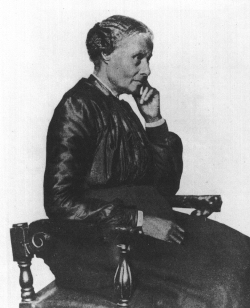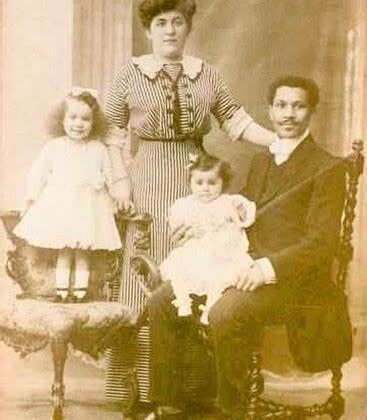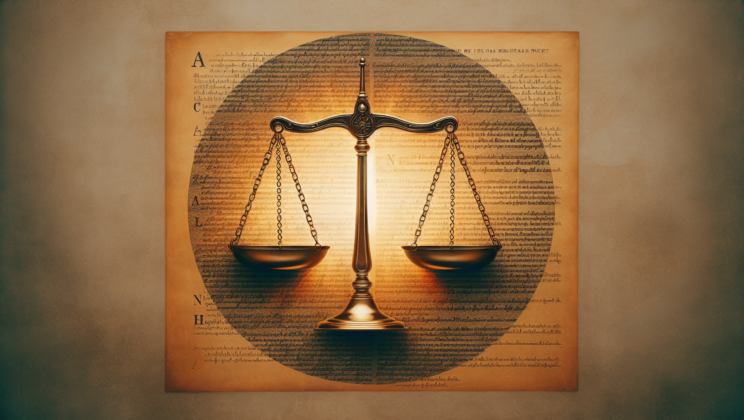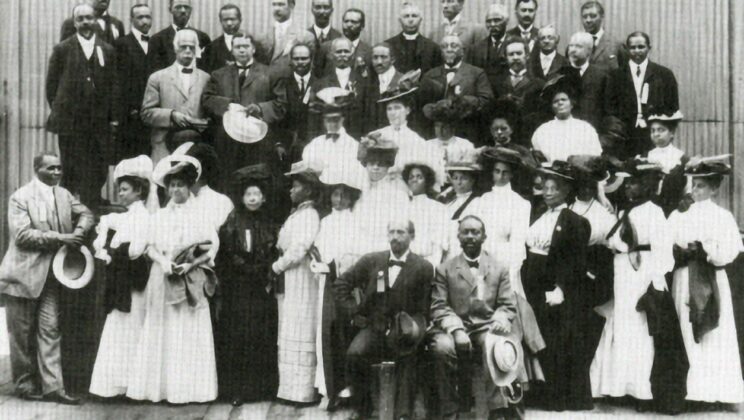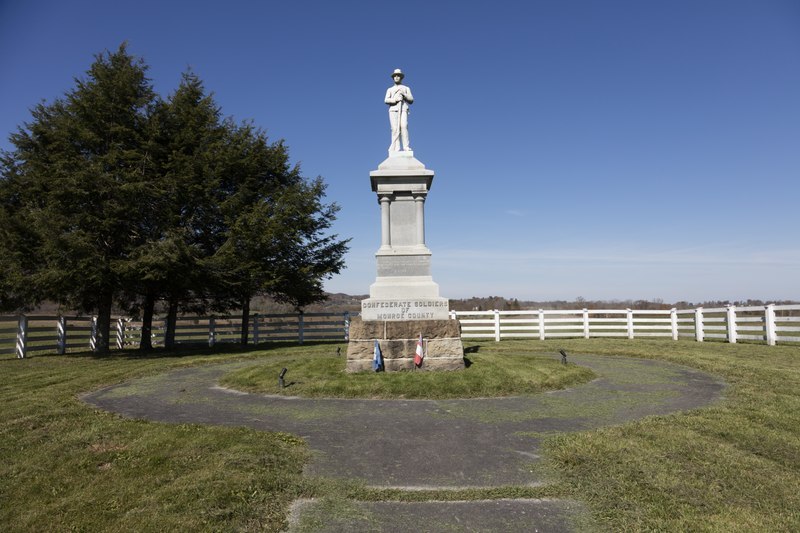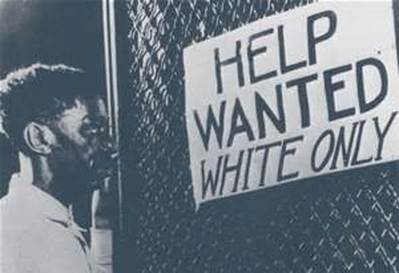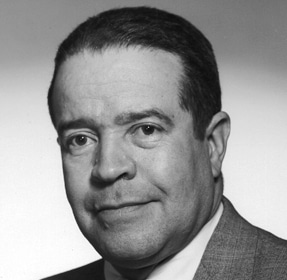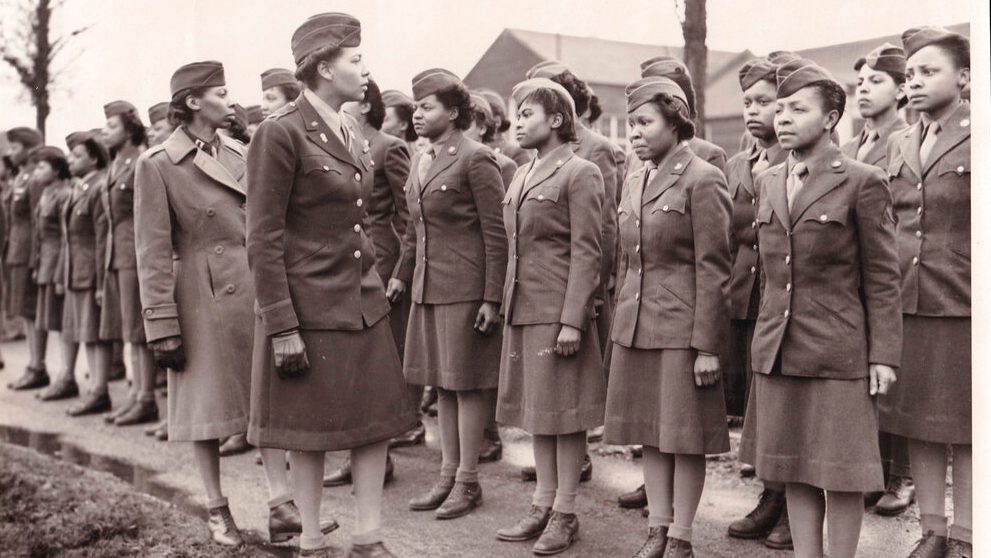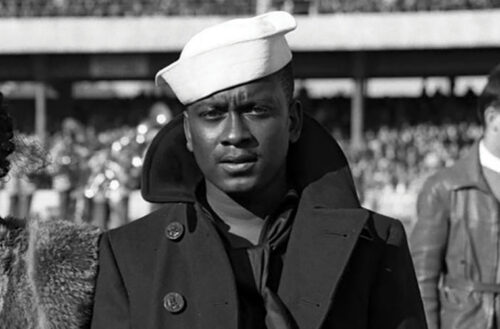Mary Ellen Pleasant, an African American entrepreneur and abolitionist, is renowned for her efforts in the Underground Railroad and her support of the abolitionist movement. She used her considerable resources…
Category: Historical Events
Joseph Laroche, The Only Black Passenger Aboard The Ill-Fated Titanic
Walter Joseph Philippe Lemercier Laroche, born in Haiti on May 26, 1886, was the nephew of Cincinnatus Leconte, who had served as president of the country. At the age of…
Civil Rights Act of 1871: Combating the Ku Klux Klan
The Civil Rights Act of 1871, enacted by the United States Congress during the turbulent Reconstruction Era, is a landmark in American legislative history. Its passage was prompted by a…
The Niagara Movement, A Precursor to the NAACP
The Niagara Movement, founded in 1905, pioneered the early 20th-century fight for African American civil rights. It set forth a bold and uncompromising vision for equality, advocating for African Americans’…
The Lost Cause Myth, A Cycle of Historical Distortion and Racial Oppression. At The Start of The Jim Crow Era.
The Lost Cause myth and the Jim Crow era, two intricately woven threads in the fabric of American history, share a complex and troubled relationship. Emerging from the ashes of…
Invisible Shackles: The Impact of Black Codes on African Americans In The Years Immediately Following the Civil War.
After the Civil War, as the nation grappled with the aftermath of slavery, the question of freed Black people’s status in the South remained unresolved. The Black Codes were created,…
Forced Labor and Legal Loopholes: Conviction and Forced Labor After the 13th Amendment and Vagrancy Act of 1866
The Vagrancy Act of 1866 and the 13th Amendment are connected through their impact on the legal status and treatment of individuals considered vagrants or prisoners, particularly in the context…
Remembering The Life of Dr. J. Ernest Wilkins Jr., African American Nuclear Physicist of the Manhattan Project
Let us remember the remarkable life of J. Ernest Wilkins Jr., a pioneer in nuclear physics. Born on November 27, 1923, in Chicago, Wilkins’ academic journey began early, earning his…
The 6888th Central Postal Battalion, Six Triple Eight. “No mail, no morale.”
The 6888th Central Postal Directory Battalion comprised entirely of African American women, faced discrimination and adversity head-on while delivering an essential service to WWII troops overseas. In the early 1940s,…
Charles Jackson French, The Human Tugboat
The U.S. Navy will honor World War II hero Charles Jackson French, a Black cook aboard the USS Gregory during the Battle of Guadalcanal, by naming a new Arleigh Burke-class…
